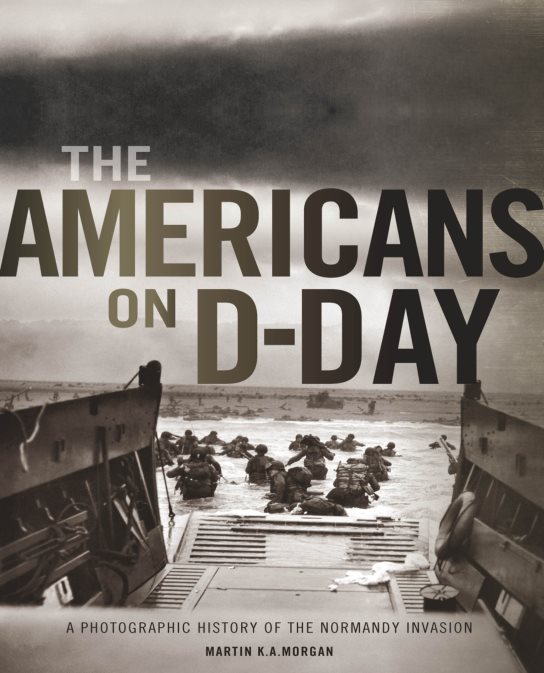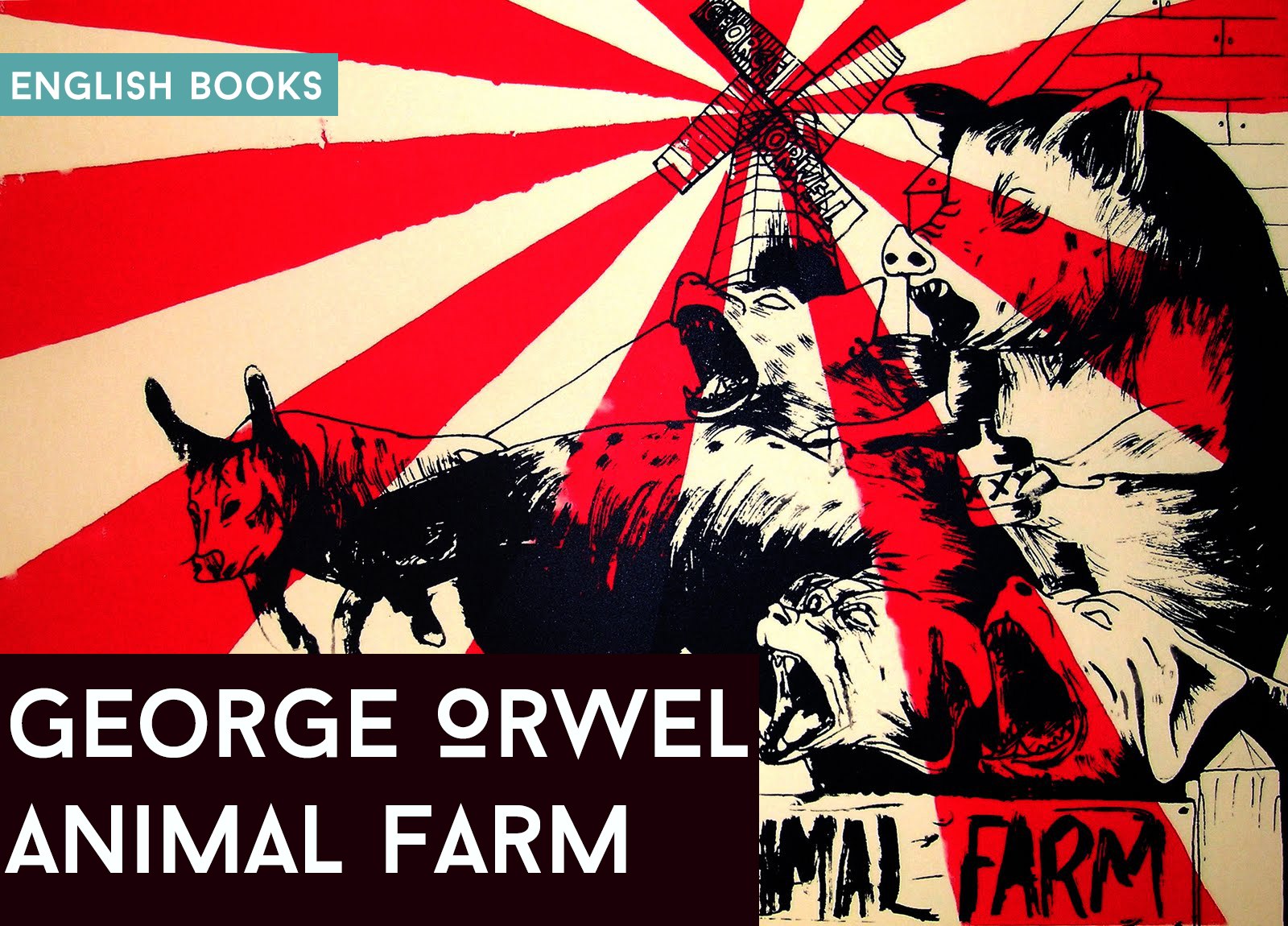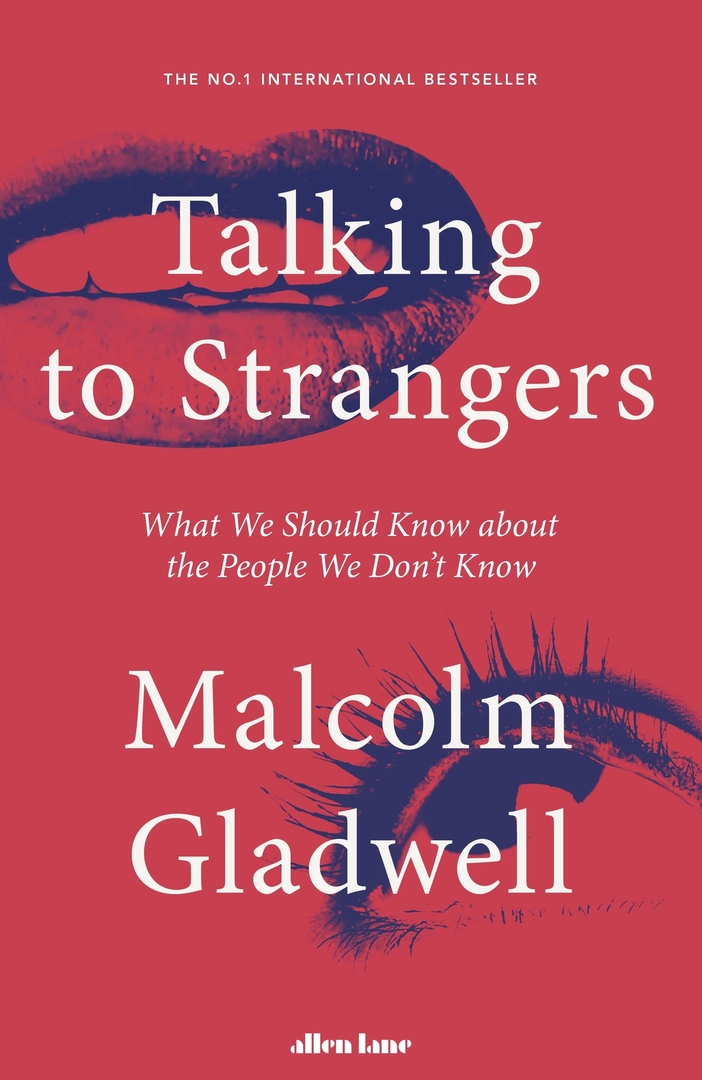Historical Dictionary of the Netherlands –
1) Historical Dictionary of the Netherlands – Joop W. Koopmans, Arend H., Jr. Huussen
Scarecrow Press | 2007 | PDF
The Netherlands, frequently but erroneously called Holland, is one of the most densely populated countries in the world. In the past few decades, it has been undergoing many transformations made possible by its dynamic and fast-moving political landscape. It has shifted from fierce nationalism toward a self-image of tolerance and permissiveness: the national identity and self-consciousness has slowly eroded through decolonization and immigration. Unfortunately, several murders of prominent, controversial politicians have started yet another shift away from tolerance, and economic stagnation has bred pessimism. Nonetheless, despite many trials and tribulations, there has been real progress, and the Dutch have perhaps done a better job of coming to terms with their limitations than many others in the world.
The second edition of the Historical Dictionary of the Netherlands contains more than 700 cross-referenced dictionary entries on individual topics spanning the Netherlands’ political, economic, and social system along with short biographies on important figures who have shaped the Netherlands’ history. Supplementing the entries are a list of acronyms and abbreviations, a chronology, an introduction, appendixes, and a bibliography, making this a superb quick reference on the Netherlands.
2) Historical Dictionary of Belgium – Robert Stallaerts
Scarecrow Press | 2007 | PDF
In 1830, the inhabitants of the southern part of the United Kingdom of the Netherlands revolted against King William I. The National Congress then declared independence and proclaimed the installation of a parliamentary monarchy, and thus, the new country of Belgium was created. Belgium’s vibrant culture and society have produced such artists as Peter Paul Rubens, Jan Van Eyck, and Antoon Van Dijk, as well as the influential scientists Gerardus Mercator and Andreus Vesalius. Brussels, the country’s capital city, also houses the headquarters of the European Union and the North Atlantic Treaty Organization.
This second edition of the Historical Dictionary of Belgium relates the history of this country through a detailed chronology, an introduction, appendixes, a bibliography, and cross-referenced dictionary entries on some of the more significant persons, places, and events; institutions and organizations; and political, economic, social, cultural, and religious facets.
3) Historical Dictionary of France – Gino Raymond
Scarecrow Press | 2008 | PDF
From the construction of Notre Dame and the Eiffel Tower to the Fall of the Bastille and the Declaration of the Rights of Man and the Citizen to Napoléon Bonaparte’s defeat at Waterloo to Albert Camus’ L’Etranger and the existentialism of Jean-Paul Sartre, France has been a part of some of the greatest and most memorable events in human history. Author Gino Raymond relates the history of these events in the second edition of the Historical Dictionary of France.
Through a chronology, an introductory essay, a bibliography, and hundreds of cross-referenced dictionary entries on kings, politicians, authors, architects, composers, artists, and philosophers, a thorough history of France is presented.
4) Historical Dictionary of Spain – Angel Smith
Scarecrow Press | 2009 | PDF
For years Spain was under a dictatorship until democracy was recovered in 1978 under the form of a constitutional monarchy. In 1986 it joined the European Union and has experienced an economic and cultural renaissance. Today, Spain has the seventh largest economy in the world.
The second edition of the Historical Dictionary of Spain is an unrivalled reference guide to Spanish history and politics from the Middle Ages to the present. With its chronology, introductory essay, and over seven hundred dictionary entries on major Spanish organizations, including political parties, trade unions, and state bodies; the various regions and languages which comprise Spain, including Catalonia and the Basque Country; and major figures in Spanish culture and the arts, the Historical Dictionary of Spain allows readers to easily follow the major changes Spain has undergone.
5) Historical Dictionary of Portugal – Douglas L. Wheeler, Walter C. Opello Jr.
Scarecrow Press | 2010 | PDF
Portugal is a small Western European nation with a large, distinctive past replete with both triumph and tragedy. One of the continent’s oldest nation-states, Portugal has frontiers that are essentially unchanged since the late 14th century. The country’s unique character and 850-year history as an independent state present several curious paradoxes. As of 1974, when much of the remainder of the Portuguese overseas empire was decolonized, Portuguese society appeared to be the most ethnically homogeneous of the two Iberian states and of much of Europe. This, in spite of the fact that Portuguese society had received during 2,000 years of infusions of other ethnic groups in invasions and immigration: Phoenicians, Greeks, Celts, Romans, Suevi, Visigoths, Muslims (Arab and Berber), Jews, Italians, Flemings, Burgundian French, black Africans, and Asians. Indeed, Portugal has been a crossroads, despite its relative isolation in the western corner of the Iberian Peninsula, between the West and North Africa, Tropical Africa, and Asia and America. Since 1974, Portugal’s society has become less homogeneous as there has been significant immigration of former subjects from her erstwhile overseas empire.
The third edition of Historical Dictionary of Portugal greatly expands on the second edition through a chronology, an introductory essay, a bibliography, and hundreds of cross-referenced dictionary entries on important persons, places, events, and institutions, as well as on significant political, economic, social, and cultural aspects.
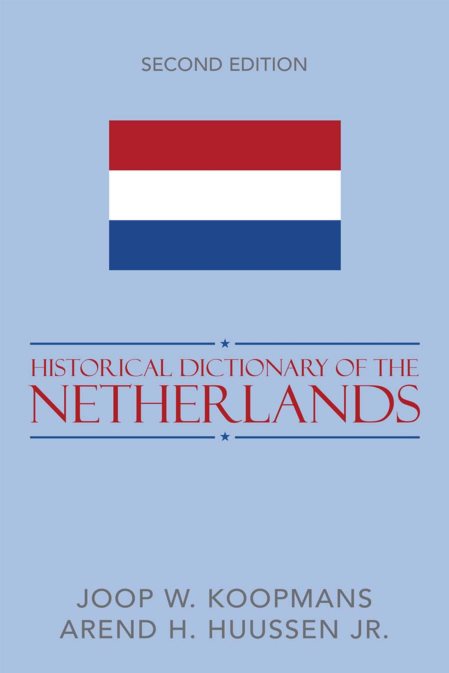 1 / 5
1 / 5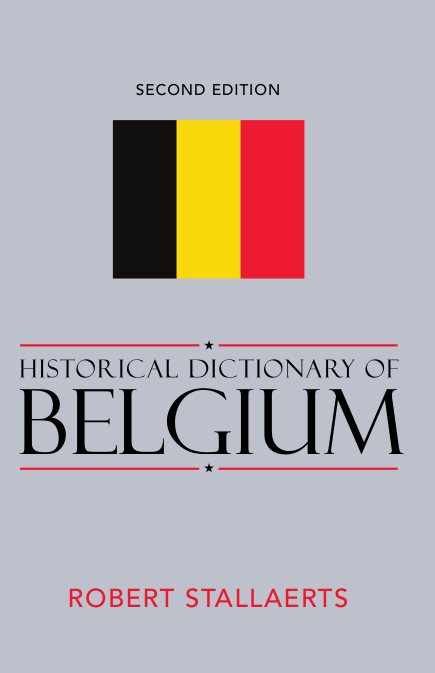 2 / 5
2 / 5 3 / 5
3 / 5 4 / 5
4 / 5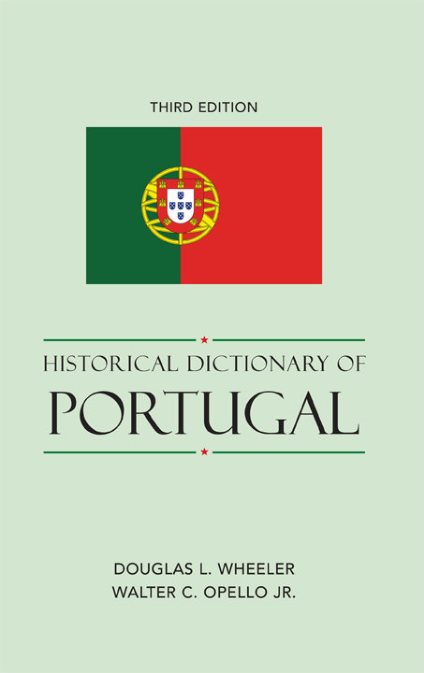 5 / 5
5 / 5